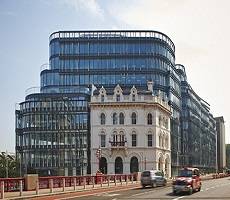July 3, 2014
Flexible work could dissuade the one in three workers that pull a sickie
One in three British workers admit to having pulled a ‘sickie’ – according to new research by PwC – and it’s costing UK business £9bn a year. As part of the research PwC surveyed over 2,000 UK adults and found that the most popular reasons for why people pulled a ‘sickie’ are hangovers (32%), to watch a sporting event (8%), being bored with your job (26%), interviews (26%) and Mondays (11%). One in 10 people said they have lied to take time off work due to good weather. A flexible working approach by employers is the measure that would most likely put people off from pulling a ‘sickie’, followed by initiatives such as ‘duvet mornings’ (where employees are allowed to take a couple of last minute lie ins a year). One in ten employees said that having to report the reason for their absence over the phone to their manager would put them off lying.Illness is by far the most common excuse used, but the research has revealed that some employees go to very creative lengths to cover up why they are taking off unauthorised time from work, including I was attacked by ants, my dog has eaten my keys, I got a rash from eating too many strawberries, and a male employee who told his boss that he had started the menopause.























June 27, 2014
Government must solve problem of London’s wasted commercial property
by Paul Statham • Comment, Facilities management, Property
(more…)